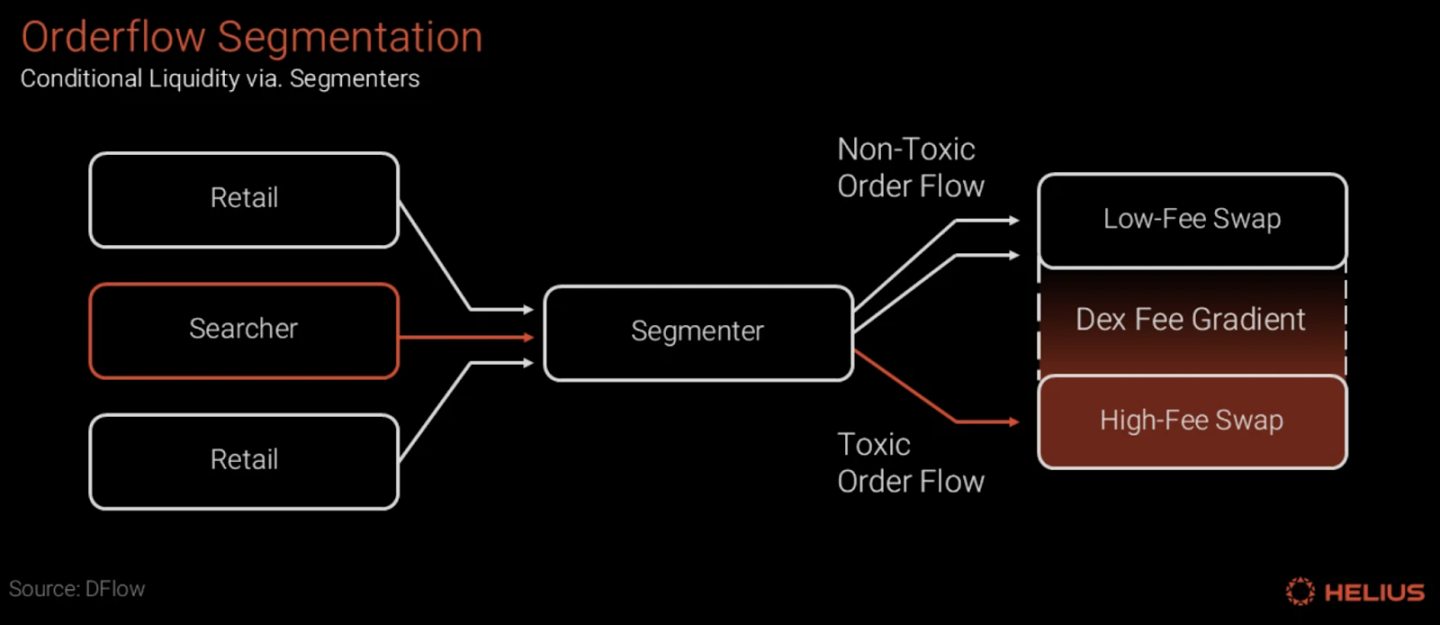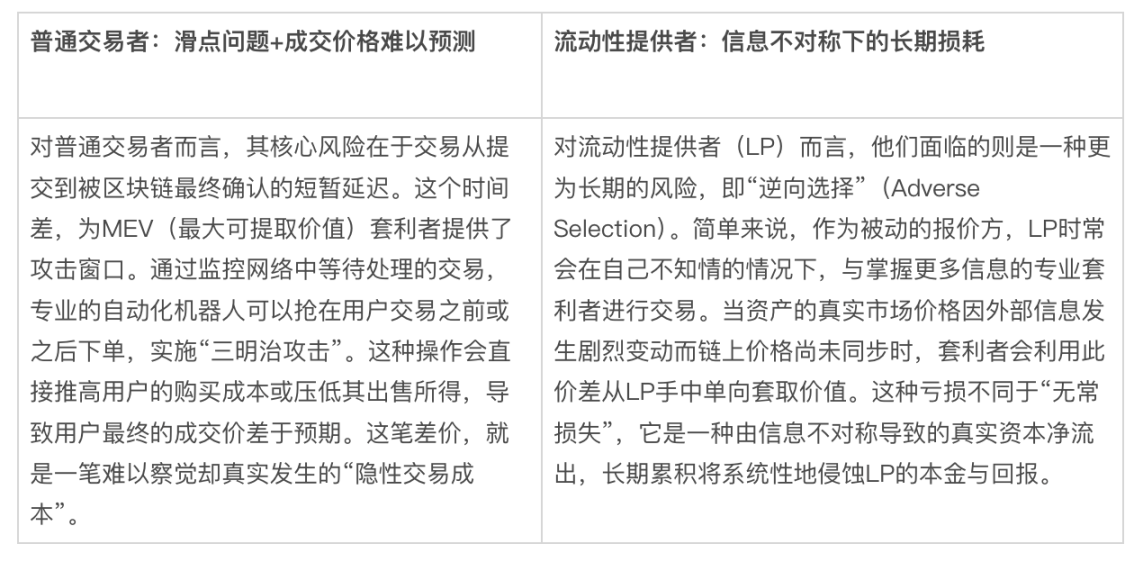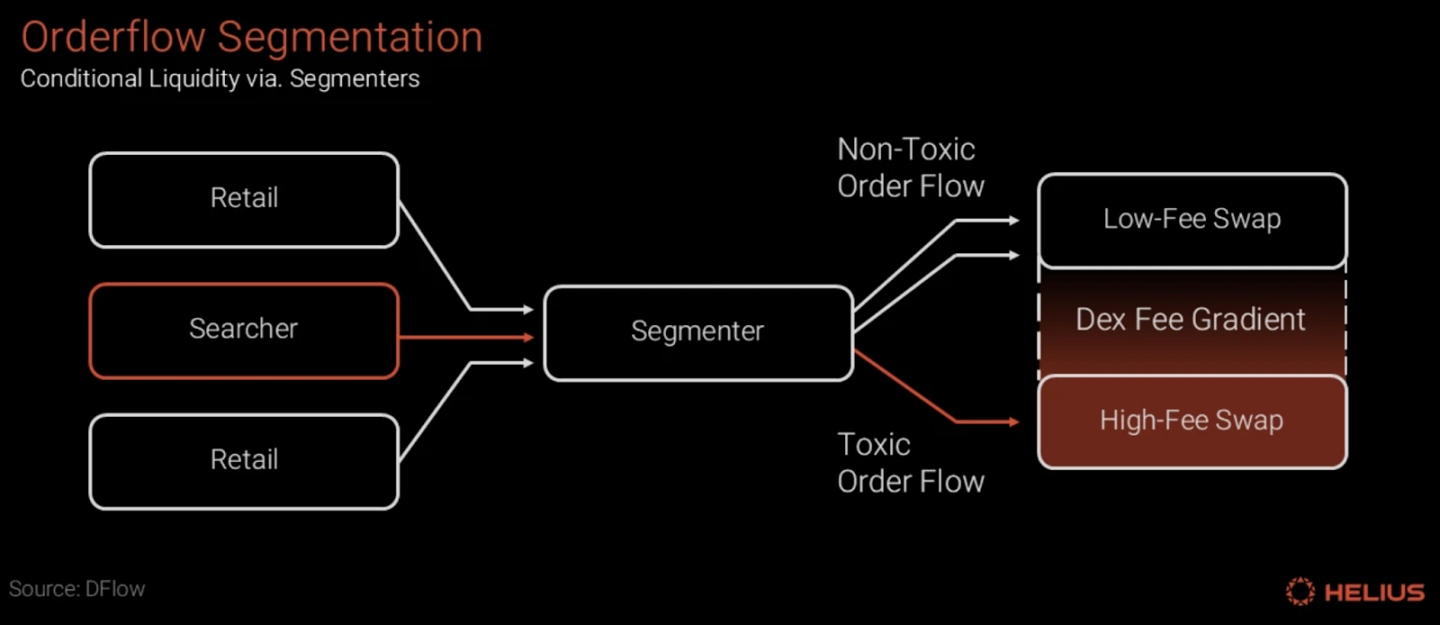Author: Bitget Wallet Research Institute
Introduction
In the world of decentralized finance (DeFi), liquidity has long been viewed as an almost unconditional public good—liquidity pools are open 24 hours a day, welcoming all traders. However, this traditional model of "passive liquidity" is increasingly revealing its inherent vulnerabilities, placing ordinary users and liquidity providers (LPs) at a natural disadvantage in the game against those with information advantages. Today, a profound transformation known as "Conditional Liquidity" is brewing, aiming to inject intelligence and rules into the core of liquidity. The Bitget Wallet Research Institute will guide you through how it fundamentally rewrites the risk landscape and fair contracts of DeFi trading.
I. The Hidden Costs of DEX: The Inherent Dilemma of Passive Liquidity
In traditional decentralized exchanges (DEX) based on automated market makers (AMM), liquidity providers (LPs) operate like a public square open around the clock, treating all traders equally and accepting all comers. This "passive liquidity" model appears fair but exposes its fatal vulnerabilities on high-performance public chains like Solana, where millisecond-level battles create perfect conditions for "sandwich attacks," front-running, and other forms of "toxic order flow." Professional arbitrage firms with information advantages and high computational power can precisely capture every tiny market fluctuation or large order, executing arbitrage trades with precision. (The classic example of "sandwich attacks" is illustrated below.)

Source: CoW DAO
The costs of all this are ultimately borne silently by two other types of participants: ordinary traders face severe slippage issues, significantly impacting their trading experience; while the long-term earnings of liquidity providers (LPs) are continuously eroded.

Data Source: Compiled from public information
To address this dilemma, "Conditional Liquidity" (CL) has emerged. This new model, first proposed by the DEX aggregator DFlow, aims to transform liquidity from a passive "static pool" into an active "intelligent gatekeeper." The core idea is very clear: the supply of liquidity is no longer unconditional but can intelligently assess real-time data such as the "toxicity" of order flow and adjust its pricing accordingly. This rule-based dynamic response fundamentally aims to rewrite the unfair trading status quo, providing tangible protection for ordinary users and LPs.
II. Intelligent Offense and Defense: The Dual Filtering Mechanism of Conditional Liquidity
"Conditional Liquidity (CL)" establishes a more intelligent and resilient microstructure for the market by protocolizing complex decision-making logic. Its implementation relies on two core components: first, risk identification and order stratification through a "Segmenter," and second, secure and efficient intent execution via "Declarative Swaps."
Segmenter: Risk Identification and Label Endorsement
The Segmenter is the "analytical brain" of the Conditional Liquidity (CL) framework, with its core functions summarized in two steps: risk assessment and label endorsement.
First, the Segmenter conducts real-time, behavior-based risk assessments on every order flow entering the system. The dimensions of its analysis may include: the source path of the trade request, the historical behavior patterns of the initiator, the frequency and speed of submissions, and whether price probing occurs across multiple platforms, among a series of metadata.
Second, based on the above analysis, the Segmenter attaches the assessment results to the order in the form of a signed endorsement, providing a final "toxicity label." This label can be a binary judgment of "Toxic & Non-toxic" or a multi-tier rating operation. However, this label is not a simple "accept or reject" switch; rather, it serves as a key signal for initiating differentiated services (rates and routing objects), guiding liquidity to selectively match supply:
- For order flows labeled as "Non-toxic" (typically considered to come from ordinary retail users or passive strategies), the system will guide the market to provide better quotes, more concentrated liquidity depth, and lower trading fees to reward and protect benign trading behavior.
- For order flows labeled as "Toxic," the system will match higher fees, wider bid-ask spreads, stricter trading limits, or directly refuse to provide liquidity under preset extreme conditions, thereby making high-risk behavior bear its rightful trading costs.

Source: Helius, DFlow
In this way, the Conditional Liquidity system transforms the complex risk control strategies previously hidden within AMM's internal servers into transparent and standardized protocol layer capabilities, achieving effective stratification and pricing of different risk-level flows and distinguishing between regular users and arbitrageurs.
Declarative Swaps: Intent-Driven and Secure Execution
To ensure that the Segmenter's analysis can be executed accurately and securely, the Conditional Liquidity (CL) framework adopts the "Declarative Swaps" intent-driven trading model, which clearly separates the trading process into two stages: "Intent" and "Execution."
First Step: Intent Declaration (Open-order). Users submit an "intent" expressing their trading goals (for example, "I want to exchange 100 USDC for as much SOL as possible"), at which point the user's assets are securely held. The core of this stage is that the user's "intent" does not enter the publicly visible trading pool (Mempool), cutting off the possibility of being front-run from the source.
Second Step: Packing and Filling (Fill). The execution side of the protocol (usually an aggregator or specialized solver) calculates the optimal execution path based on the user's intent and the order flow labels provided by the Segmenter, packaging the user's intent and execution instructions into an atomic transaction, which is submitted on-chain as a whole.
This "intent-first, packed on-chain" model significantly compresses the attack window, making it almost immune to front-running behaviors like "sandwich attacks." Market makers can inject liquidity precisely for a benign trade after confirming it, and immediately withdraw it within the same block, greatly enhancing capital efficiency and providing participants with a reliable, on-demand liquidity service that can be scheduled by the protocol.
III. Future Outlook: The Evolution from Single Price to Multi-Dimensional Conditions
Conditional liquidity is not a concept that emerged from thin air; it is a logical evolution in the DeFi world’s pursuit of higher capital efficiency and robustness. It can be seen as a dimensional upgrade of the "concentrated liquidity" concept pioneered by Uniswap v3. Uniswap v3 first allowed LPs to deploy capital based on a single condition of "price range"; Conditional Liquidity, on this basis, expands the scope of "conditions" from a single price to more complex comprehensive risk control models, including order flow quality, timing characteristics, and market volatility, embedding these decision-making and execution capabilities deeper into the core layer of the protocol.
The realization of this model is a precise correction of the old trading pain points in high-performance ecosystems like Solana, promising structural, win-win optimizations for the entire DEX ecosystem. Ordinary users will most intuitively feel the reduction in trading costs and enhanced MEV protection; liquidity providers will gain more refined risk management tools, accurately matching capital to "healthy" order flows for more sustainable returns; ultimately, this will reshape the competitive landscape between DEX and aggregator platforms, upgrading the simple price competition between platforms to a more comprehensive contest of "execution quality" and "security experience."
However, while the blueprint painted by this emerging model is undoubtedly enticing, in practice, aside from common challenges like ecological collaboration and cold starts, its core challenge directly targets the "Segmenter," which holds the power to define labels—who defines "toxic"? This is a fundamental governance dilemma: if the Segmenter's algorithm is too conservative, it may "misfire" on innocent normal traders; if it is too lenient, it may struggle to resist the disguises of advanced attackers. This touches on the trust foundation of the decentralized world, as a "black box" judge controlled by a single entity with an opaque algorithm can easily become a new centralized bottleneck, even giving rise to rent-seeking spaces colluding with specific interest parties.
To address the "black box" dilemma of the Segmenter, the design of its governance framework becomes crucial. Future explorations may follow a more decentralized + verifiable path: for example, allowing multiple independent Segmenters to operate in parallel, with protocols or LPs autonomously selecting and weighting them based on their historical reputations; simultaneously, mandating Segmenters to output audit logs for community oversight to enhance transparency; on this basis, a post-evaluation and reward-punishment mechanism can be established to incentivize models with high accuracy and penalize those with high misfire rates. Although these ideas point the way for decentralized risk control, a truly mature, balanced, and consensus-driven solution still requires continuous exploration and construction by the entire industry in practice.
IV. Conclusion: From "Black Box Art" to "Protocol Science"
Conditional liquidity is far more than a technological innovation; it is a profound reconstruction concerning the fairness and efficiency of the DeFi market. Its core lies in providing more reasonable pricing for participants with different intents and risks in a permissionless world, thereby transforming the previously implicit and unequal game rules into explicit, programmable protocol logic. This essentially promotes the shift of market-making decisions from the "black box art" reliant on the experience of a few to the more open and verifiable "protocol science." Although the road ahead is fraught with challenges, this direction undoubtedly opens up a valuable imaginative space for the future evolution of DeFi.
免责声明:本文章仅代表作者个人观点,不代表本平台的立场和观点。本文章仅供信息分享,不构成对任何人的任何投资建议。用户与作者之间的任何争议,与本平台无关。如网页中刊载的文章或图片涉及侵权,请提供相关的权利证明和身份证明发送邮件到support@aicoin.com,本平台相关工作人员将会进行核查。




